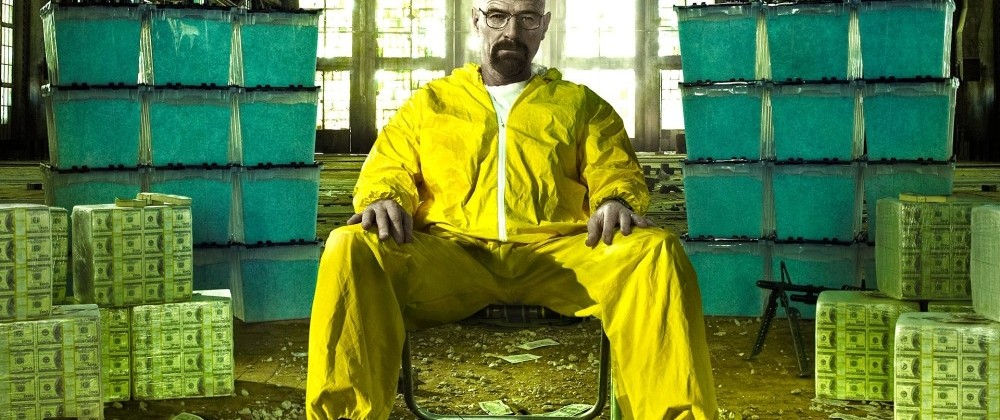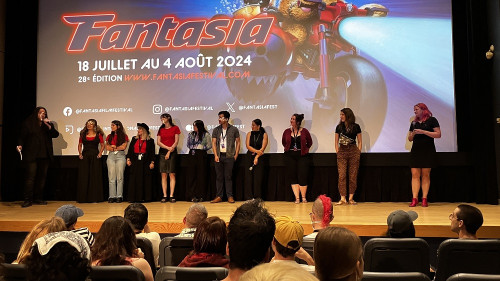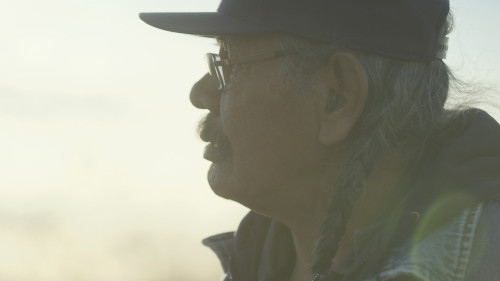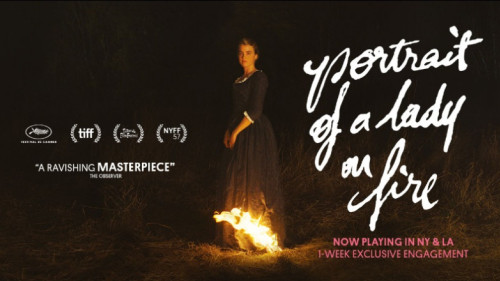Volume 18, Issue 4 / April 2014
Television Special
In this issue
-
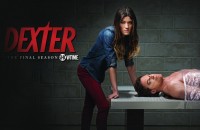
TV Horror: Covering the Televisual Horror Landscape
-
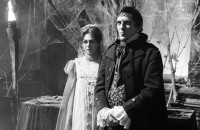
TV Vampires: From Barnabas Collins to Bill Compton
-
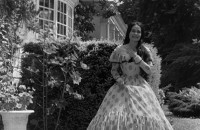
Contextual Analysis of An Occurrence at Owl Creek Bridge: Robert Enrico vs. Rod Serling
-
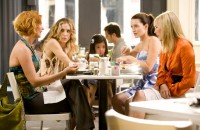
Revolution & Sex: The Evolution of TV
-

Robert Towne’s Television Years
From The Lloyd Bridges Show to The Outer Limits
The delay in Offscreen‘s publication schedule is largely the result of this new design that you are currently viewing. The launch of this new design took more time than expected because of our desire to migrate every past issue and article into the new design. A big thanks goes to the brains behind the design, Derek Hogue of Amphibian Design, and to Randolph Jordan for helping me with the bulk of the drudge work. Perhaps it is natural that for this launch of the new design Offscreen offers another first: a special issue devoted to television, cinema’s offspring, little brother and sometime nemesis. Contrary to received opinion about TV harming the box-office potential of Cinema, TV and Cinema have had a long history of feeding off each other in positive ways (TV creating an ancillary market for studio back catalogues, the smaller screen influencing cinema’s widescreen revolution, directors honing their dramatic skills on TV, cross-over talent, etc.). I’d like to introduce the issue with a little personal detour on a film that features in this issue. I am probably not alone in saying that I was marked by my first viewing of the short film An Occurrence at Owl Creek Bridge (Robert Enrico, 1962). I cannot remember for sure whether I first saw this little gem in high school or TV but remember being moved by its formal brilliance and emotional potency of its surprise twist ending. It was the first time a film demonstrated its full capacity as an illusionistic box of tricks, the ‘magic box’, the title of the 1951 John Boulting film about the British inventor of cinema, William Friese-Greene, able to lead me by the hand along one path, only to “pull the plank” from right under my feet and drop me into an emotional vortex of shock, encapsulated in one beautiful, simple, stark cut: from the ‘escaped’ prisoner finally reaching his porcelain wife, after having seemingly escaped from the jaws of death, in the form of a noose, only for his head to snap back viciously, and the scene to cut back to the truth of the extended temporal moment: his limp corpse hanging at the end of a noose above the bridge. The finality of death was never made so blunt and honest to me. The deception of that edit, made me seek out other such stories and I became a devout reader of the American writer O. Henry (pen name for William Sidney Porter, 1862-1910), famous for his “O. Henry twist endings”. Which in turn led me to reissues of Will Gaines’ sardonically laced E.C. Tales from the Crypt horror comics (1950-55), which often presented macabre and violent scenarios redeemed by a “moral twist ending” where the perpetrator of badness gets his or her just end. Which in turn led me to Rod Serling’s socially conscious and literate TV show, The Twilight Zone and later Night Gallery, shows that would often use the famous O. Henry twist ending. Which brings me back to An Occurrence at Owl Creek Bridge, since whenever and wherever that first viewing was, it was most likely the version that aired on network TV’s The Twilight Zone. When I learned later that there was indeed other versions of this famous short story by Ambrose Bierce (Serling’s introduction states that what they were showing was a version of a French film), I became intrigued. My essay included in this issue is the fruit of my research labor on the two different versions of this classic short film.
In a nice bit of serendipity, this issue features two pieces by or about works by Professor Stacey Abbott, whose essay here on the representation of the vampire on television harks back to the first first issue of Offscreen, way back to July 1997, which featured another piece on the vampire by Abbott, “The Film is the Life, Mr. Renfield.” In between then and now (1997-2014) Abbott has carved herself a niche as one of the premiere scholars on the literary and cinematic vampire (and horror in general). We are especially pleased she has stuck around with us for so long! The second piece featuring Abbott is my review essay of her recent book, co-authored with Lorna Jowett, TV Horror: investigating the small side of the dark screen.”
Offscreen is glad that bona fide TV specialist Tom Stempel is on board for this issue. Stempel goes against the accepted truism found in a few recent critical books on TV that great TV sprouted with the birth of Cable and Pay TV, with The Sopranos usually cited as the sort of exemplary work new to recent TV. Stempel argues that Cable and Pay TV, separated partly by the looser control placed on the creative teams in Cable was not so much revolutionary as it was part of the evolution of television. Stempel shows that great TV was always possible on Network TV, and finds much of the TV that gets lauded on Cable TV wanting, especially where the roles of women are concerned. Stempel suggests that TV may be even more chauvinistic than Hollywood, and prefers to focus on a TV revolution built around female-oriented shows, shows which tried to change the male-centric identity of TV (Stempel quoting of one of the cited authors Alan Sepinwall, “shows built around middle-aged male anti-heroes”). Kempel’s approach is inclusive, that is of Network TV, and not just a divide between good (cable/pay) and bad (commercial network). Rounding out our TV issue is Elaine Lennon, who has written several pieces on Robert Towne’s screenplays for Offscreen (click on the Towne tag at the end of her essay) and mines his interesting pre-cinema Television work to ferret out structural, thematic and character elements that would resurface in his later feature work (shall we dare say an ‘auteurist’ reading of Towne?). As Lennon herself has explained, “With the announcement that fabled screenwriter Robert Towne is to join the writing team of Mad Men for its final season, it is timely to recall his early days in dreaming up stories for the small screen.” Enjoy the new look and feel of Offscreen, and please spread the word around! (Donato Totaro, ed)

